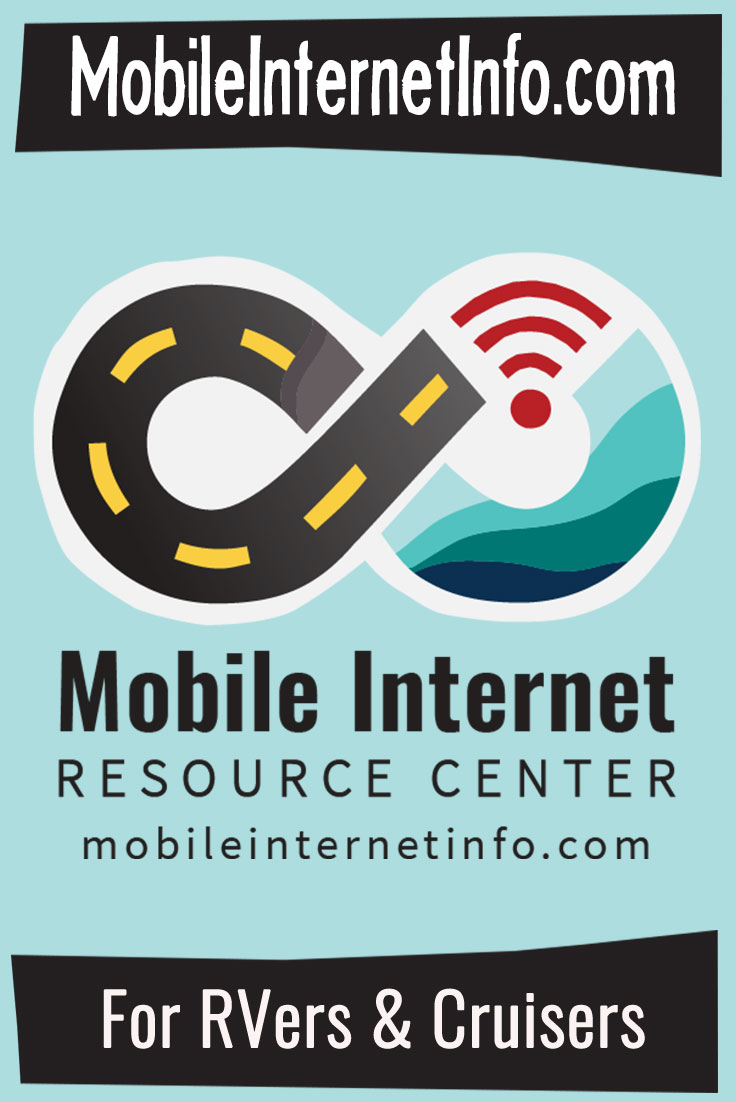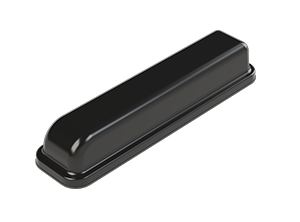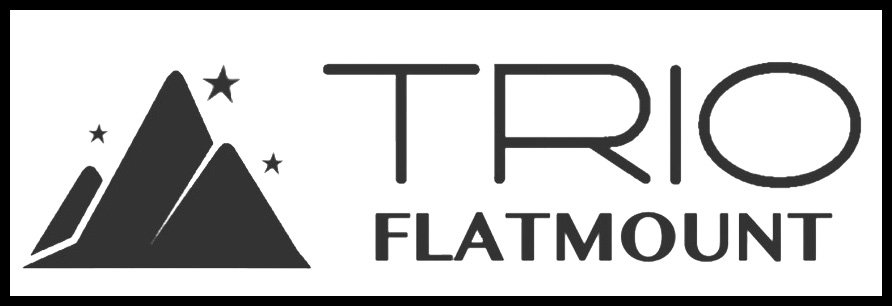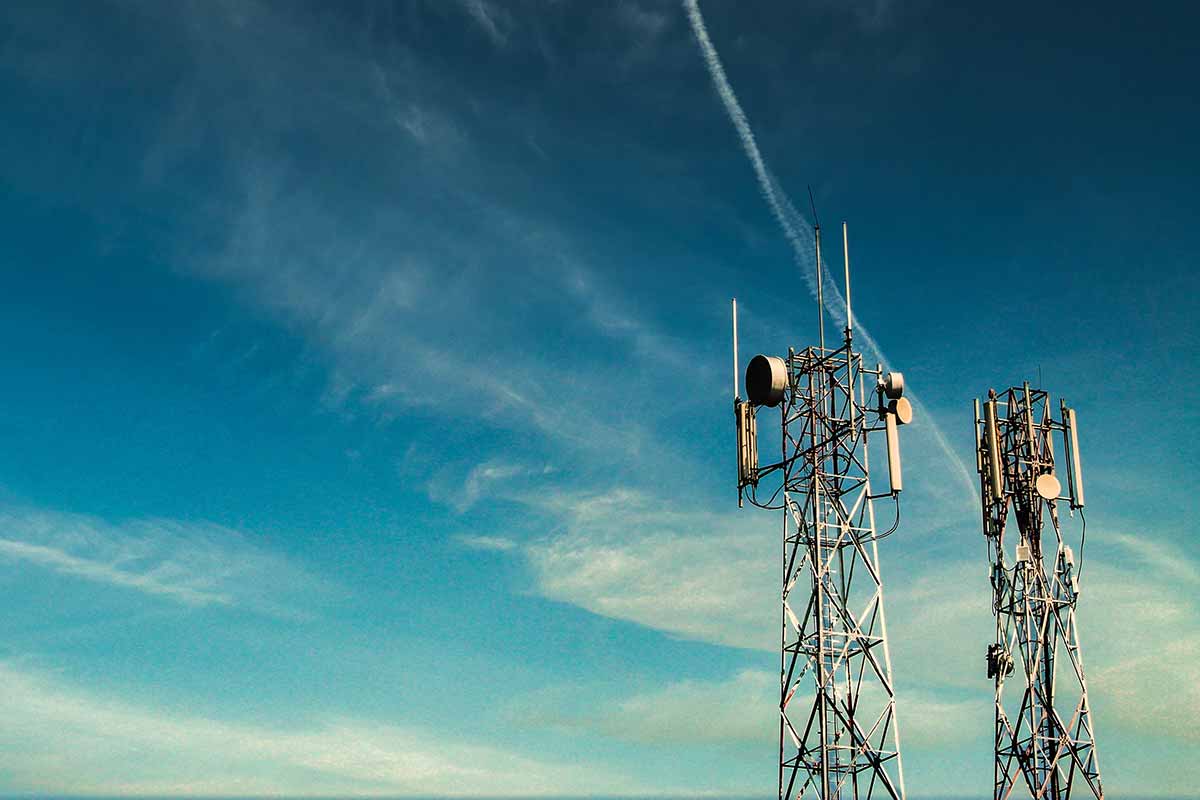We have our G2 rectangle dish semi-permanently mount in a box on the roof, in stowed position so it’s virtually flat mounted, behind a sheet of Lexan to protect it for branches and hail and it’s a game changer!
Works in-motion, provide reliable and fast connections even when not pointed north and always at this slight forward angle (nearly flat) and the only challenge is tree cover (in remote areas).
That’s why it’s only semi-permanently mounted, which allows me to take it off the roof, turn the pointing motors back on, add an extension cable and get it to an area where it can get an ope view of the sky.
That said, Starlink is far more resilient to partial obstructions than it used to be.
As pointed out, it works well for Zoom/Teams/etc or a “cell over wifi” connection unless significantly obstructed. Unless I know I will need to be on a Zoom/Teams call, most times, i don't worry about obstructions as it doesn't interfere with email, cloud files, etc.
Sent from my iPhone using Tapatalk Pro








